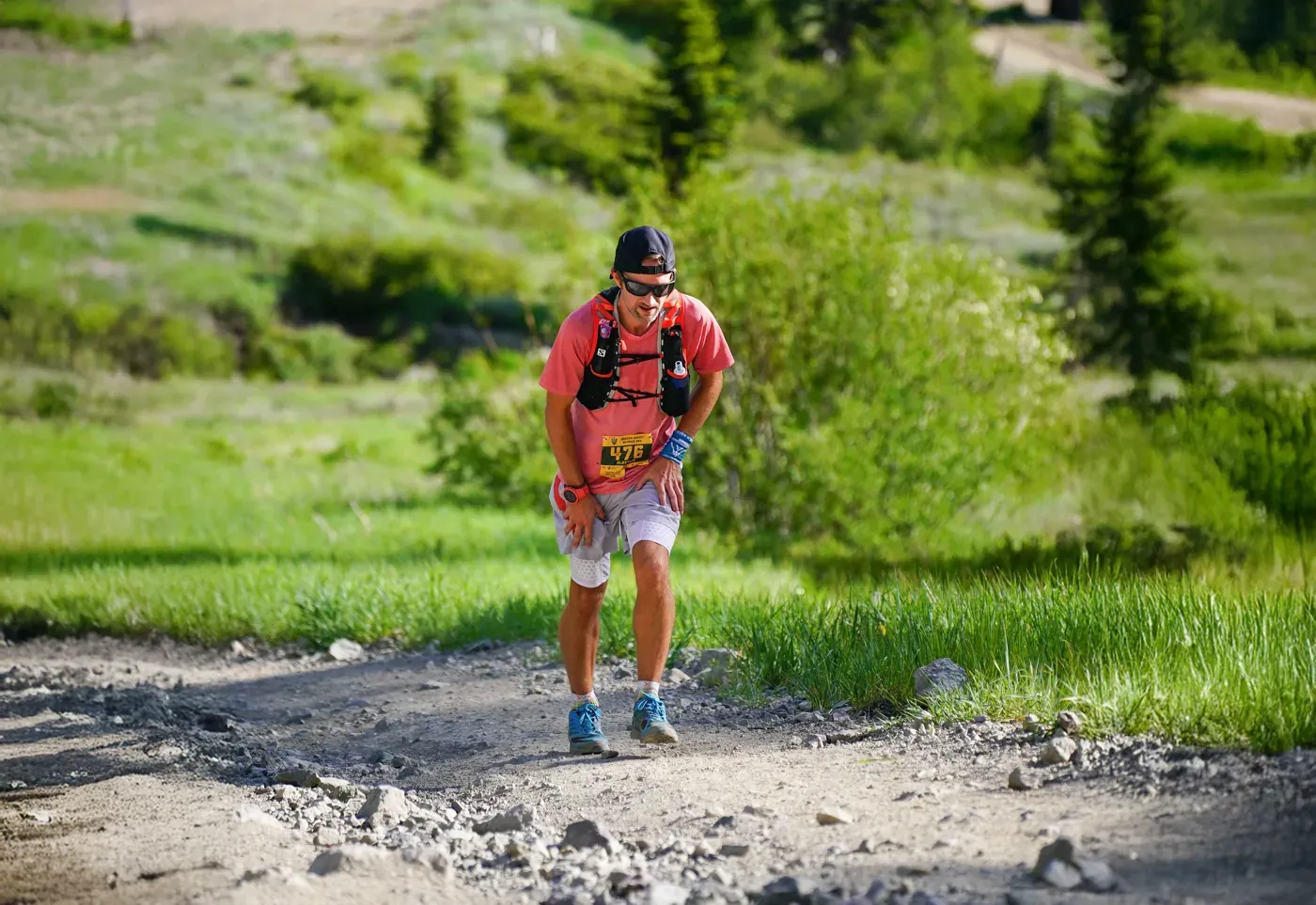This post is for subscribers only
Sign up now to read the post and get access to the full library of posts for subscribers only.
Sign up now Already have an account? Sign inBuild confidence with longer runs, smarter fueling, and gear that works—plus how to prep for your first trail race without overthinking it.

Sign up now to read the post and get access to the full library of posts for subscribers only.
Sign up now Already have an account? Sign in